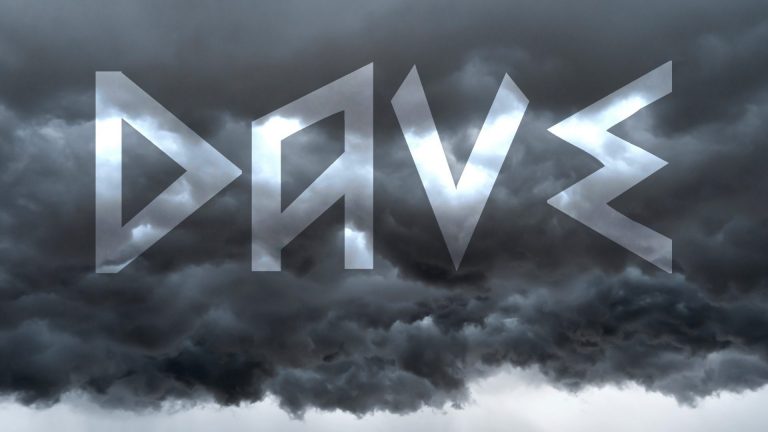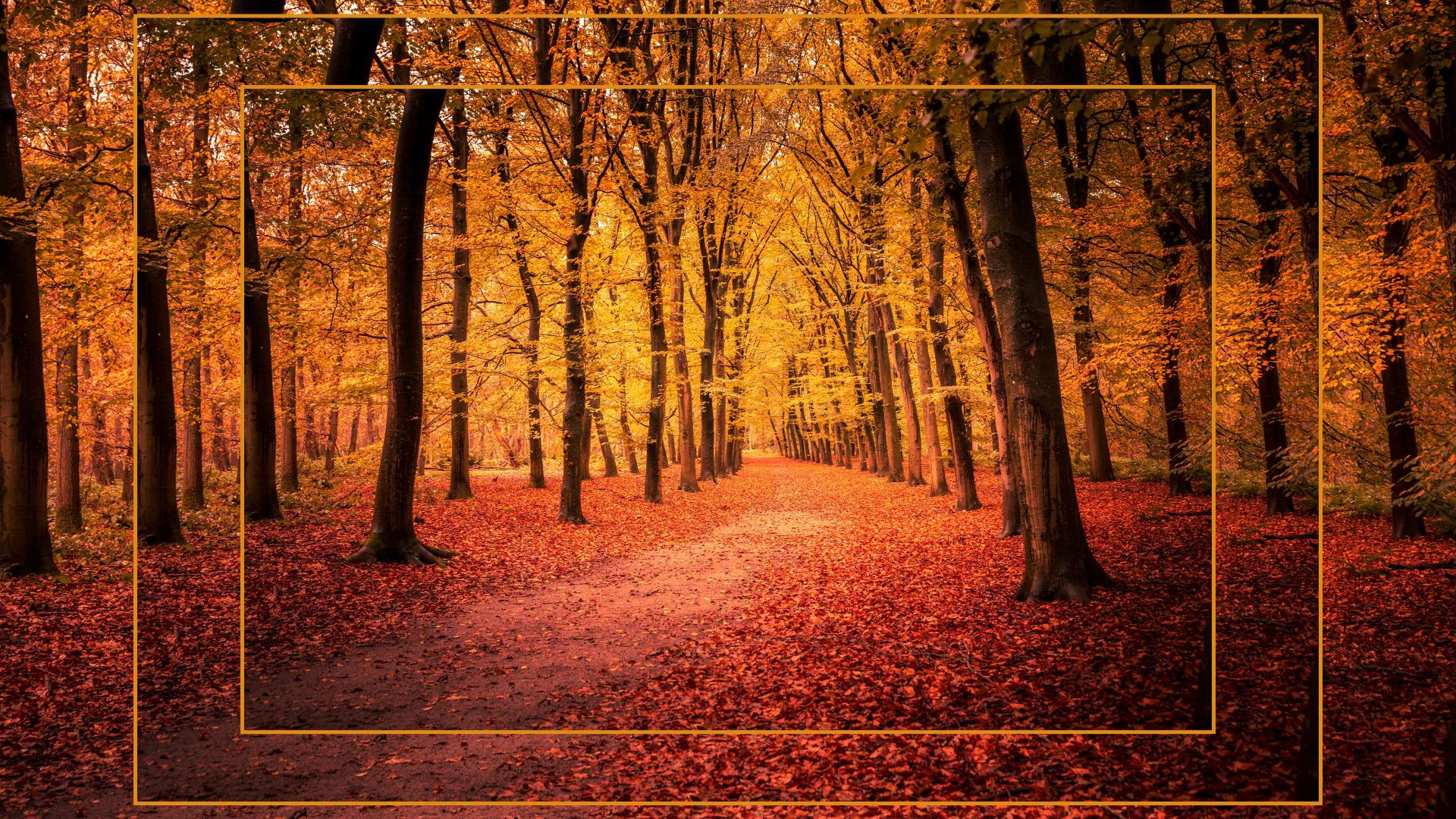1. The ancient Greeks credited the changing of the seasons to a complicated tug of love between Demeter, goddess of the harvest, and Hades, god of the underworld. Every autumn Hades kidnaps Demeter’s daughter to be his wife, and Demeter responds by getting in a strop and killing all the crops. Every spring the daughter, Persephone, returns to the world, and all the plants burst miraculously back into life. There’s more to this involving a curiously specific number of pomegranate seeds and, inevitably, Zeus acting the big I am, but that’s the gist.
2. The actual reason the seasons change involves fewer stroppy deities and more science, but is no less beautiful for that. The Earth rotates at an angle of approximately 23.5 degrees from the perpendicular relative to its orbital plane around the sun – or, to put that into less confusing language, leans. That means that the northern hemisphere gets the lion’s share of the sunlight in one half of the year, and the southern hemisphere gets the lion’s share in the other. Spring is the season of increasing sunlight; autumn that of decreasing sunlight.
3. The exact date autumn begins is a matter of some dispute. One possible start date is the autumnal equinox – the point at which day and night are of equal length – which on the northern half of the planet takes place on September 22 or 23. In this interpretation, autumn runs until the winter solstice, the shortest day, which takes place on December 21 or 22.
4. Very occasionally – the next one isn’t for another 278 years – the imperfections of the Gregorian calendar mean that the autumn equinox actually falls on September 24. And a date that moves around this much is no use for scientists in search of consistent datasets – so meteorological autumn instead runs for the three months starting on September 1.
5. That seems to fit better, partly because of weather, but also because an autumn that only concludes with the winter solstice (alternative name: midwinter’s day) feels stupid. The reason for this apparent disparity is the phenomenon of “seasonal lag”, in which the planet’s heat absorption abilities mean the hottest/coldest times of year tend to come some time after the times when any particular area receives most/least sunlight.
6. For the avoidance of confusion, anyone reading in the southern hemisphere should of course add – or subtract! – six months to every date in the paragraphs above.
7. That’s enough dates, let’s talk words. Many right-thinking British people assume “autumn” is the proper English word for the season, with “fall” being a horrendous Americanism. Actually, though, things are a little more complicated than that. “Autumn” descends from the Latin autumnus via medieval French, so is indeed very old: Chaucer used the Middle English variant autumpne.
8. But it was not the only, or even the main, word for the season. In medieval times, when the rhythms of agriculture still dominated most lives, “harvest” seems to have been the most common term. In related languages, it still is: consider the Dutch herfst, German Herbst, and Scots hairst.
9. And “fall”, relating to what leaves are doing and a sort of inversion of “spring”, was common in English use in the 16th century. The difference between American and British English thus seems to be more a matter of taste, evolving language, and who was most prone to poncy French influences, than it was one of anyone actually being right or wrong.
10. In some parts of Yorkshire and points north, meanwhile, the season was once sometimes known as “backend” (think of where we are in the year). Wet, blustery weather is still referred to as “backendish” in some areas to this day.
11. The changing of the leaves each year is a sign that trees are preparing for their dormancy period, by ending the chlorophyll production that makes them green, and reclaiming nutrients to store in their roots for the winter. Yellows and oranges are the underlying colours; the deeper reds and purples are generally a side effect of the sugar reclamation process; and brown suggests tannins are now dominant, and the leaves are dead.
12. Warmer, wetter days brought on by climate change mean the leaf fall, a sign that trees have finished reclaiming their nutrients for the winter, has been getting later. In other words, it is not just humans who may be confused by exactly when autumn is.
Suggested Reading


Nerd’s Eye View: 14 things you need to know about storms
Violin practice
The thing John Keats was trying to get away from when he went on the Winchester walk that inspired his 1819 Ode to Autumn. His landlady’s daughter was, by all accounts, not a maestro
1.44
How many times more likely someone born in autumn in the 1890s was to live to 100 than someone born in March, thanks to ‘early-life environmental conditions’




